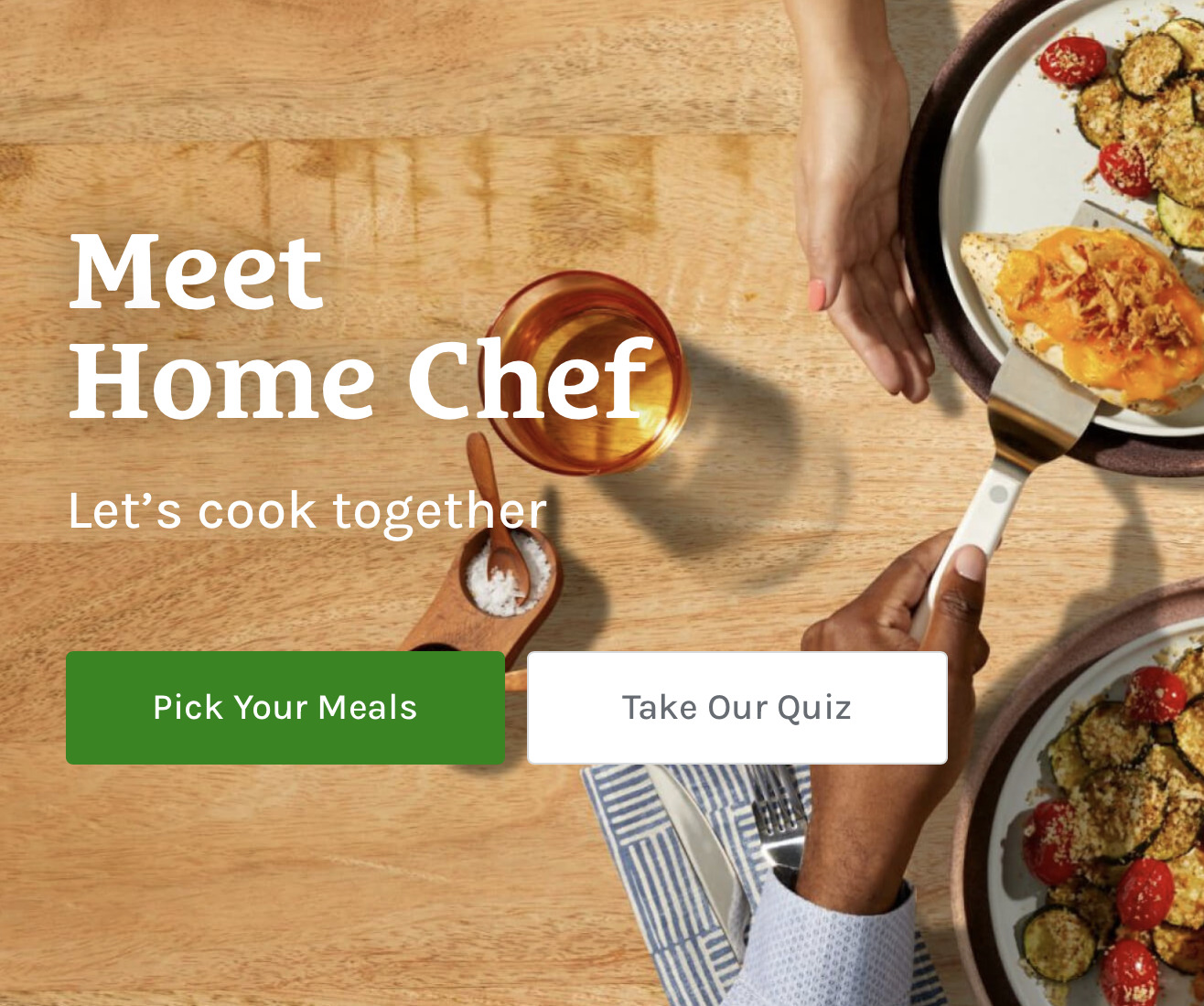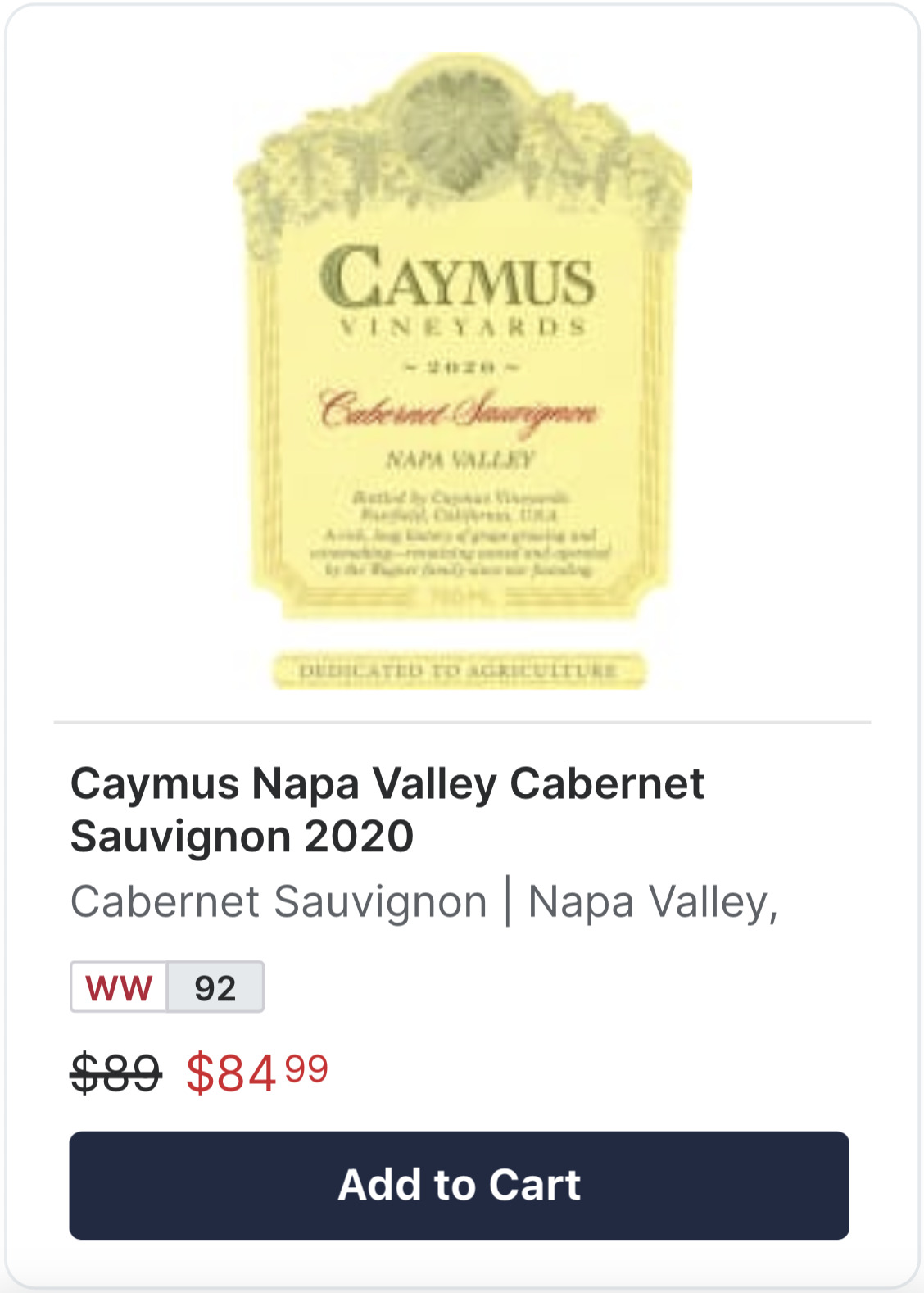
When you make purchases through our links we may earn a small commission.

Photo Credit: OSPAN ALI
Put It On Your Wall: CanvasOnDemand.com
In the realm of logical fallacies, the false dilemma stands out as a deceptive and often persuasive form of flawed reasoning. Also known as the false dichotomy or the black-and-white fallacy, this fallacy occurs when an argument presents a situation as if there are only two possible options or choices when, in reality, there may be multiple alternatives or nuances. It’s a subtle yet significant error in critical thinking that can lead to misunderstandings and a failure to consider the full range of options.
~ Ten To One Rum ~
The Caribbean’s #1 Rum
Understanding the False Dilemma Fallacy
Imagine a scenario where you’re discussing a contentious issue, and someone presents you with the following statement: “If you don’t support X, you must support Y.” This is a classic example of the false dilemma fallacy. It creates a binary choice, implying that there are only two options: supporting X or supporting Y. The fallacy lies in its failure to acknowledge the possibility that someone may not support either X or Y, or that they might have more nuanced positions on the issue.
This type of argumentation simplifies complex issues, making it appear as if there are only two extreme, opposing viewpoints, which is rarely the case in reality. The world is rarely as black and white as a false dilemma would have you believe, and most issues have a spectrum of possible stances and solutions. Failure to recognize this diversity of perspectives can lead to misunderstanding, miscommunication, and an oversimplification of complex problems.
Examples of False Dilemmas
False dilemmas can be found in various aspects of life, from everyday conversations to more significant public debates. Here are a few examples:
Politics: “You’re either with us or against us.” This common political statement reduces complex political issues to a binary choice, ignoring the possibility of middle-ground positions or alternative viewpoints.
Diet and Lifestyle Choices: “You must choose between being a strict vegan or an avid carnivore.” This false dilemma ignores the many dietary choices and lifestyles that fall in between these two extremes, such as vegetarianism or pescatarianism.
Relationships: “Either you love me, or you don’t care about me at all.” This emotionally charged statement simplifies the complexities of human relationships, ignoring the range of feelings and nuances that can exist in any relationship.
~ Ten To One Rum ~
The Caribbean’s #1 Rum
The Impact of False Dilemmas
The false dilemma fallacy can have significant real-world consequences. It limits the scope of discussion, stifles creativity, and hinders progress. When people are presented with only two extreme choices, they may feel pressured to conform to one of them, even if those choices don’t align with their true beliefs or preferences. This can lead to polarization, extremism, and a failure to explore alternative solutions or middle-ground compromises.
In public discourse, politicians, media, and interest groups often employ false dilemmas to rally support for their positions or demonize their opponents. By framing an issue as an “us versus them” scenario, they can galvanize their base and discourage open-mindedness or critical thinking. The result is a more divided and less productive public discourse.
Avoiding the False Dilemma Fallacy
To avoid falling into the trap of the false dilemma fallacy, it’s essential to approach complex issues with an open mind. Recognize that most matters are not simply black or white but exist in a nuanced spectrum. When presented with a binary choice, take the time to consider whether there are additional options, compromises, or alternative viewpoints that should be part of the conversation.
Additionally, when engaging in discussions or debates, be aware of this fallacy and call it out when you encounter it. Encourage others to explore the full range of possibilities and avoid oversimplifying the issue at hand. Promote critical thinking, open dialogue, and a more nuanced understanding of complex problems.
~ Ten To One Rum ~
The Caribbean’s #1 Rum
The false dilemma fallacy is a common and often persuasive form of flawed reasoning that simplifies complex issues by presenting them as binary choices. Recognizing and understanding this fallacy is crucial for fostering productive discussions, promoting open-mindedness, and finding more balanced and effective solutions to the problems we face. Remember, the world is rarely as black and white as a false dilemma would have you believe, and embracing the nuances and complexities of issues is key to better decision-making and problem-solving.














